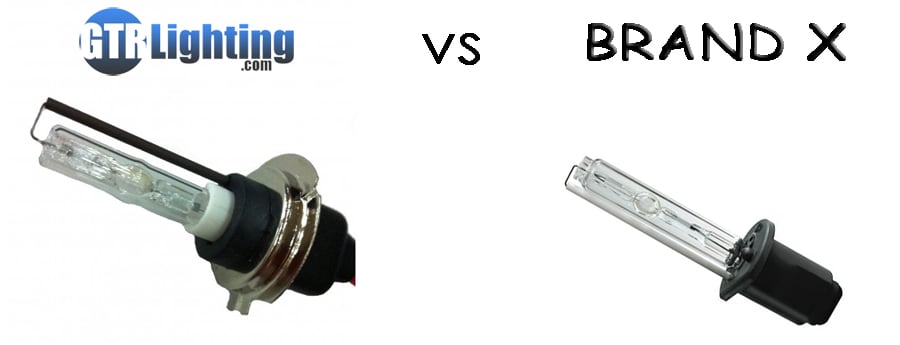
Not all HID bulbs are created equally!
1) Standard low beams cease to provide enough visibility when driving above 35 to 40 mph. The best case scenario would be for all drivers to use high beams all the time and use technology to keep the light out of oncoming drivers’ eyes. (Osram-Sylvania)
2) ALL headlamps produce glare that can reduce the ability for oncoming drivers to see. (Osram-Sylvania)
3) According to the AAA Foundation’s report, called “Countermeasures for Reducing the Effects of Headlight Glare” (2002), as many as 50 percent of all headlamps on the road, or 110 million vehicles, may have mis-aimed headlights! Shock, vibration and wear and tear are the greatest contributors to headlamp misalignment. (AAA Foundation)
4) Poorly manufactured, “knock-off” products can cause glare and imitate the blue hue associated with fully-compliant, street-legal HID products. In order to be a true HID product it must consist of one xenon bulb PLUS one xenon ballast. (GTR Lighting)
5) When headlamps are aimed properly, there is no difference in the amount of light that reaches the eyes of oncoming drivers whether the vehicle has halogen or HID light sources. (HID Reviews)
6) All drivers are not equal. Glare affects each person differently, often depending on age and environment. (HID Reviews)
7) OSRAM-Sylvania is the only company worldwide manufacturing a completely mercury-free HID system solution, comprised of the light source and necessary electronics to optimally operate it. The OSRAM system allows customers to streamline the development and approval process for mercury-free systems. Mercury-free xenon technology is the future of lighting! (Osram-Sylvania)
8) Although 4,300K HID bulbs are thought of as being the “brightest”, they are not the most reflective. A 6,000K or 8,000K produces negligibly less light output, but has more reflective properties making it better for spotting animals at night, and seeing road signs from further distances away. (Top Line Group Automotive)
9) Unlike other colors in the HID “Kelvin” spectrum, 3,000K gets its golden hue from an iridescent coating on the bulb. This coating has a slight affect on the power of the light output, but a 3,000K HID bulb powered by a 35w ballast will still be significantly brighter than a regular halogen bulb. (Eagle Eye Lights)
10) Neither Philips nor Osram-Sylvania are in the business of manufacturing aftermarket HID conversion kits, non-OEM style HID ballasts (35w or 55w) and they do not produce xenon bulbs in different color ratings other than original equipment colors. It is very common to find copyright infringement in the aftermarket HID world, so if you see “Genuine Philips HID Kit” or “Real Sylvania HID Kit Bulbs” just know you are being lied to. If the company selling these products is willing to lie to you about who manufactured them, what else are they willing to lie to you about? If you want to know what you’re really buying, try one of these premium HID conversion kits. (Top Line Group Automotive) (Philips Electronics N.V.)
Disclaimer:
Street legal in the USA for Fog Light use. Not compliant with DOT / FMVSS108 and not street legal in the USA for Headlights. Certain specialty vehicles strictly limited to off-street use and not having DOT registration or license plates may use these products exclusively off-streets. International street legality varies by country. Note: This usage regulation is not unique to any specific bulbs, ALL LED and HID bulbs from all other brands, regardless of marketing claims, are prohibited from street use in halogen headlights in the USA.



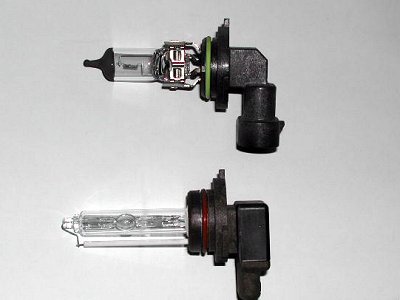
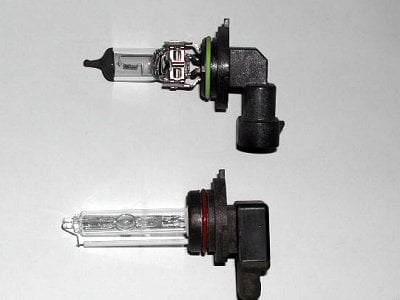
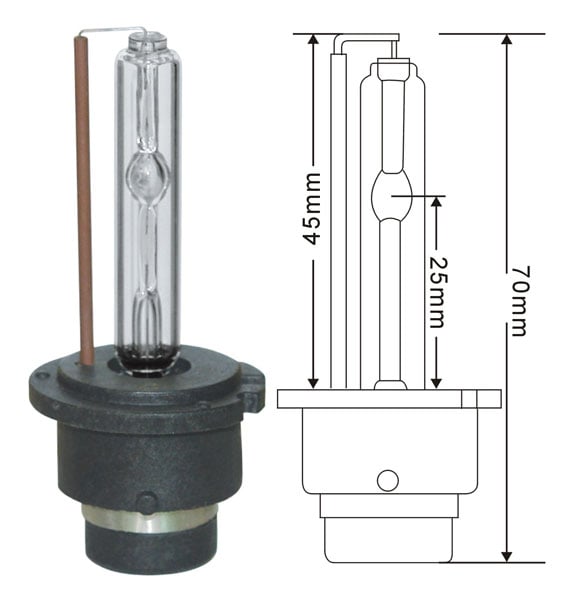

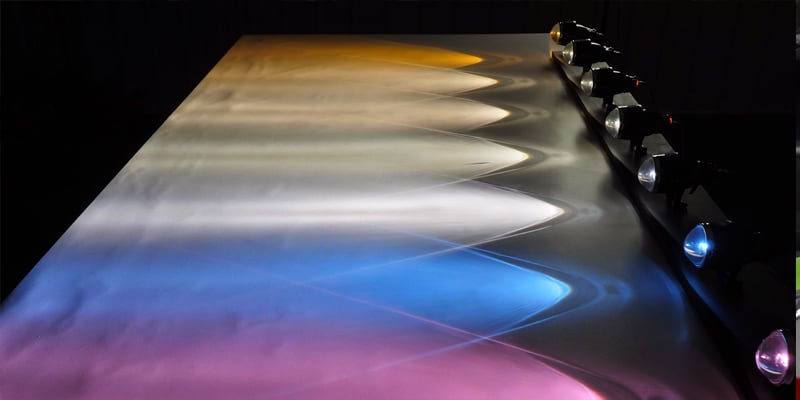
.png?width=300&height=87&name=logo%20(1).png)